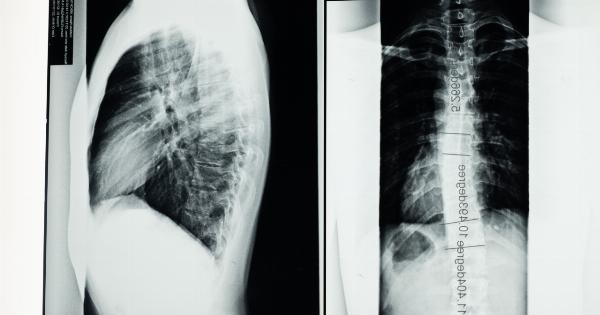Scoliosis is an abnormal curving of the spine that can occur in children. A child’s spine is supposed to be straight from front to back, but when scoliosis occurs, it can curve to one side.
This condition can occur in any child, but it is most commonly diagnosed in girls between the ages of 10 and 15. If you are a parent or teacher of a child with scoliosis, it is important to understand this condition and how to manage it to ensure that your child is healthy and happy.
This guide will provide you with the information you need to understand and manage your child’s scoliosis.
What is Scoliosis?
Scoliosis is a condition that causes the spine to curve to one side or the other. The curve can be either C-shaped or S-shaped. The severity of the curve can vary from mild to severe.
In some cases, scoliosis can cause the ribcage to move and twist, which can make it difficult for the lungs and heart to function properly.
What Causes Scoliosis?
The exact cause of scoliosis is unknown. In some cases, it may be hereditary, but in most cases, there is no known cause. Scoliosis can also occur as a result of another medical condition, such as muscular dystrophy or cerebral palsy.
How is Scoliosis Diagnosed?
Scoliosis can be diagnosed during a routine physical exam. Your child’s doctor will look for signs of scoliosis, such as uneven shoulders or hips, or a rib cage that is higher on one side of the body.
X-rays of the spine may also be taken to confirm the diagnosis and to determine the severity of the curve.
What are the Symptoms of Scoliosis?
The symptoms of scoliosis may vary depending on the severity of the condition. Some children may not experience any symptoms at all, while others may experience back pain, fatigue, and difficulty breathing.
In some cases, scoliosis can cause the ribcage to move and twist, which can make it difficult for the lungs and heart to function properly.
How is Scoliosis Treated?
Treatment for scoliosis may depend on the severity of the curve and the age of the child. Mild cases of scoliosis may not require any treatment at all. In more severe cases, a brace may be recommended to prevent the curve from getting worse.
Surgery may be necessary for very severe cases of scoliosis.
What Can Parents and Teachers Do to Help?
If your child has been diagnosed with scoliosis, there are a few things that you can do to help. First, it is important to support your child emotionally.
Children with scoliosis may feel self-conscious about their appearance, so it is important to reassure them that they are loved and accepted regardless of their condition.
It is also important to work closely with your child’s healthcare provider to ensure that they are receiving the appropriate treatment.
This may involve working with a physical therapist or occupational therapist to improve muscle strength and flexibility, or it may involve monitoring your child’s spine for any changes in the curvature.
As a teacher, it is important to be aware of the signs and symptoms of scoliosis and to notify parents if you suspect that a student may be affected.
If a student has been diagnosed with scoliosis, it is important to work with the parents and healthcare provider to ensure that the child is receiving the appropriate treatment and support.
The Importance of Early Detection and Treatment
Early detection and treatment of scoliosis can help to prevent the curve from getting worse. It is important to have your child screened for scoliosis on a regular basis, especially during the ages of 10 to 15 when scoliosis is most commonly diagnosed.
If scoliosis is detected early, it is often easier to treat. Treatment may involve wearing a brace or performing exercises to strengthen the muscles surrounding the spine. In some cases, surgery may be necessary to correct the curvature of the spine.
Conclusion
Scoliosis can be a scary and overwhelming diagnosis for parents and children, but with the right support and treatment, it can be managed successfully.
It is important for parents and teachers to work together to ensure that children with scoliosis receive the appropriate care and support they need to be healthy and happy.






























